Summary | Excerpt | Reading Guide | Discuss | Reviews | Beyond the Book | Readalikes | Genres & Themes | Author Bio
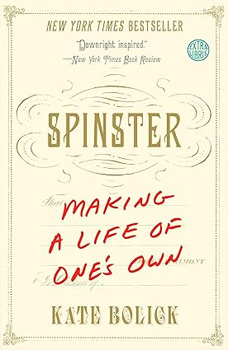
Critics' Opinion:
Readers' Opinion:
First Published:
Apr 2015, 336 pages
Paperback:
Apr 2016, 336 pages
 Book Reviewed by:
Book Reviewed by:
Norah Piehl
Buy This Book
1
There, Thought Unbraids Itself
Whom to marry, and when will it happen—these two questions define every woman's existence, regardless of where she was raised or what religion she does or doesn't practice. She may grow up to love women instead of men, or to decide she simply doesn't believe in marriage. No matter. These dual contingencies govern her until they're answered, even if the answers are nobody and never.
Men have their own problems; this isn't one of them.
Initially the question of whom to marry presents itself as playacting, a child pulling a Snow White dress from a costume box and warbling the lyrics of "Someday My Prince Will Come" to her imaginary audience of soft-bottomed dwarfs. Beauty, she's gleaned, is her power and lure, a handsome groom her just reward.
Next she deduces that a flammable polyester gown with tulle underskirts does not an actual princess make, and that beauty is in the eye of the beholder—which is to say, she discovers her market value. For me it was the morning in second grade when I understood with a cold, sharp pang why I disliked gym class, even though I was the fastest runner and could do the most chin-ups. As our gym teacher, a man, led us toward the playground, I saw that he didn't playfully tease me the way he did my friends—the pretty ones. And so I learned, I am not pretty.
With puberty comes yet another opportunity for self-inventory. In fourth grade, I was second in my class to develop breasts, which I hid by wearing two heavy wool sweaters simultaneously all through an exceptionally warm spring—intuiting, rightly, that when the world saw what my body was up to I'd be thrust into a glare of visibility I wasn't prepared to meet.
Fifth grade: buck teeth. Sixth grade: braces. Seventh grade: popularity. I'd always found friendship easy, with boys and girls both; now I was also getting romantic attention and the two beams of social approval wove themselves into a crown. During class, my friends and I traded intricately folded notes about our crushes and practiced writing our someday surnames in fancy cursive letters. When I saw the high school girls' soccer team circled for warm-ups, one girl at center leading the stretches, I decided that someday I, too, would be team captain.
Eighth grade brought with it hourglass proportions, which I learned while swimming in the pool at my grandparents' retirement complex in Florida. Two college boys appeared out of nowhere, cannonballed into the water, then shot to the surface, wet heads gleaming. "Gotta protect that one," they leered, loudly enough so that my mother, reading on a lounge chair, could hear. I blushed with pleasure and shame—and the shame of pleasure. What did it mean? Later she explained my "nice figure."
And so the approach of ninth grade made me mournful and agitated. I suspected that thirteen was the last, outermost ring of the final stage of childhood, and that those idle diversions I'd never thought to question—long hours paging through picture books trying to spot an overlooked arm reaching out from the rubble of Pompeii, or "praying" to the Greek gods (the most plausible deities, I'd decided)—would soon seem immature, unsuitable. When I turned fourteen and began my freshman year in high school, I'd have to cede the private kingdom of my imaginary life to the demands of that larger empire, where the girls who were already drinking beer and having sex were writing new laws I didn't want to play by but couldn't ignore.
Braces and breasts—and so a girl becomes, if not one of the pretty ones, attractive. To boys, I mean. College sees a few more adjustments—baby fat melts away; the late bloomer sprouts curves; the blandly pretty cultivates envy for the beautiful's chiseled bones—and then the real games commence, carrying on from campus through her twenties and thirties.
Copyright © 2015 by Kate Bolick. From Spinster: Making a Life of One's Own, published by Crown Publishers, an imprint of the Crown Publishing Group, a division of Penguin Random House, LLC, New York. Reprinted with permission.
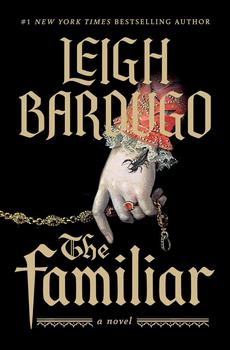
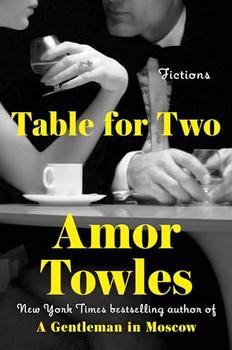
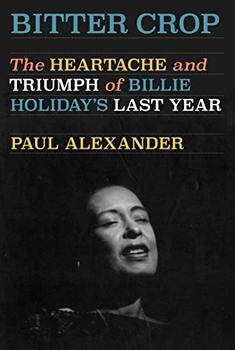
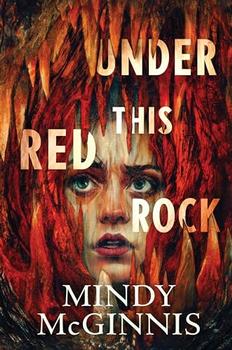

The Flower Sisters
by Michelle Collins Anderson
From the new Fannie Flagg of the Ozarks, a richly-woven story of family, forgiveness, and reinvention.

The House on Biscayne Bay
by Chanel Cleeton
As death stalks a gothic mansion in Miami, the lives of two women intertwine as the past and present collide.

The Funeral Cryer by Wenyan Lu
Debut novelist Wenyan Lu brings us this witty yet profound story about one woman's midlife reawakening in contemporary rural China.
Your guide toexceptional books
BookBrowse seeks out and recommends the best in contemporary fiction and nonfiction—books that not only engage and entertain but also deepen our understanding of ourselves and the world around us.